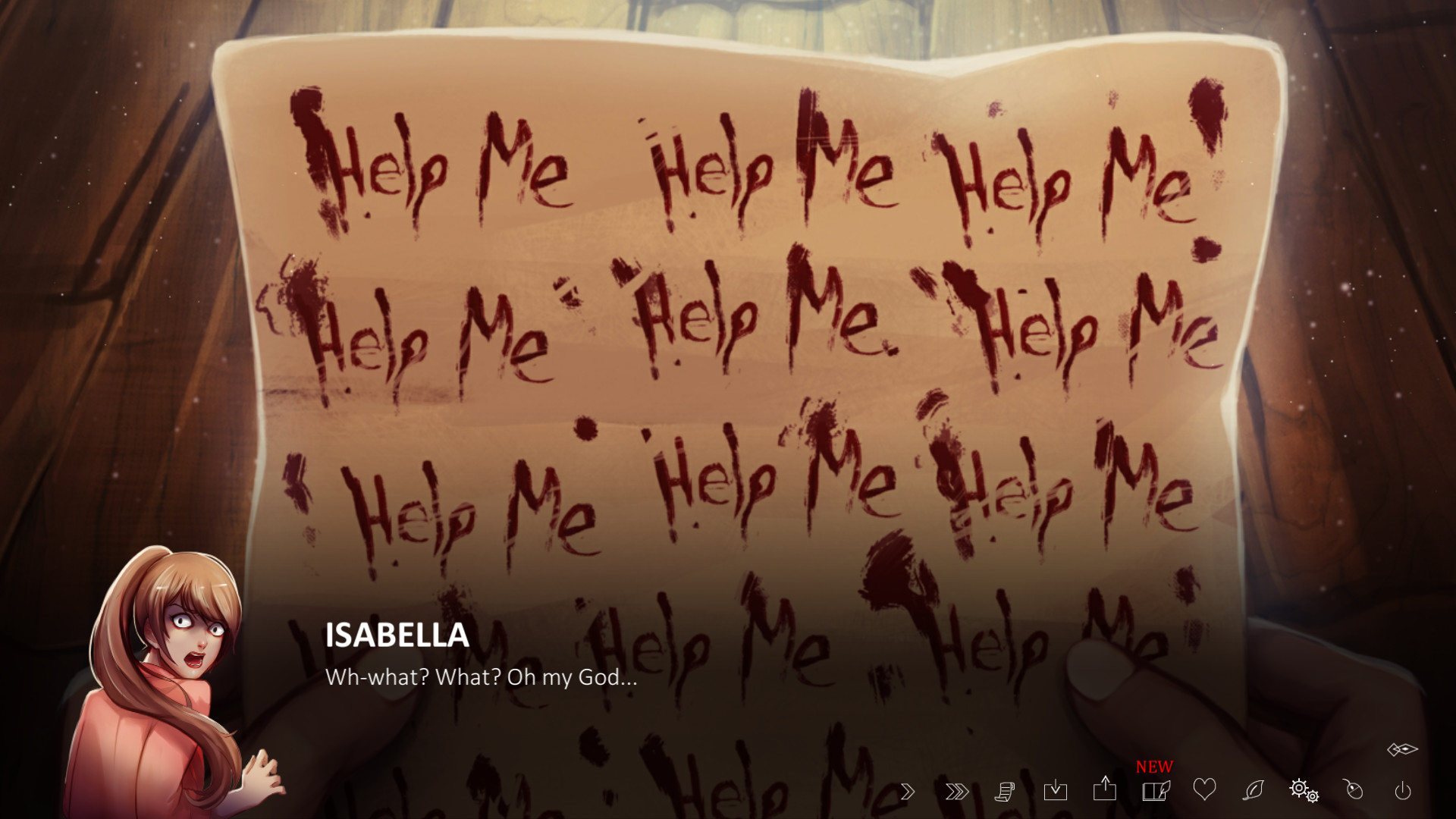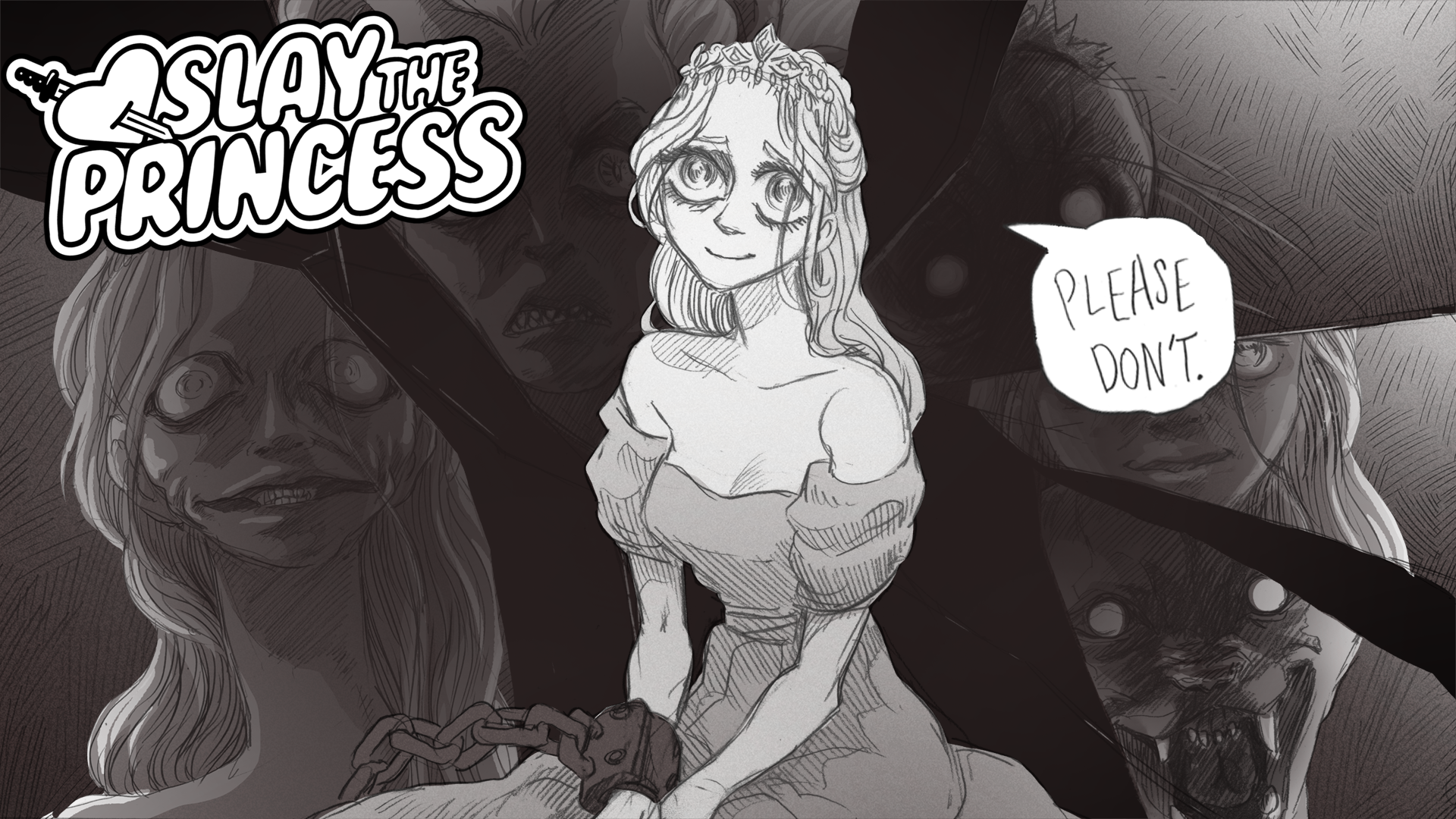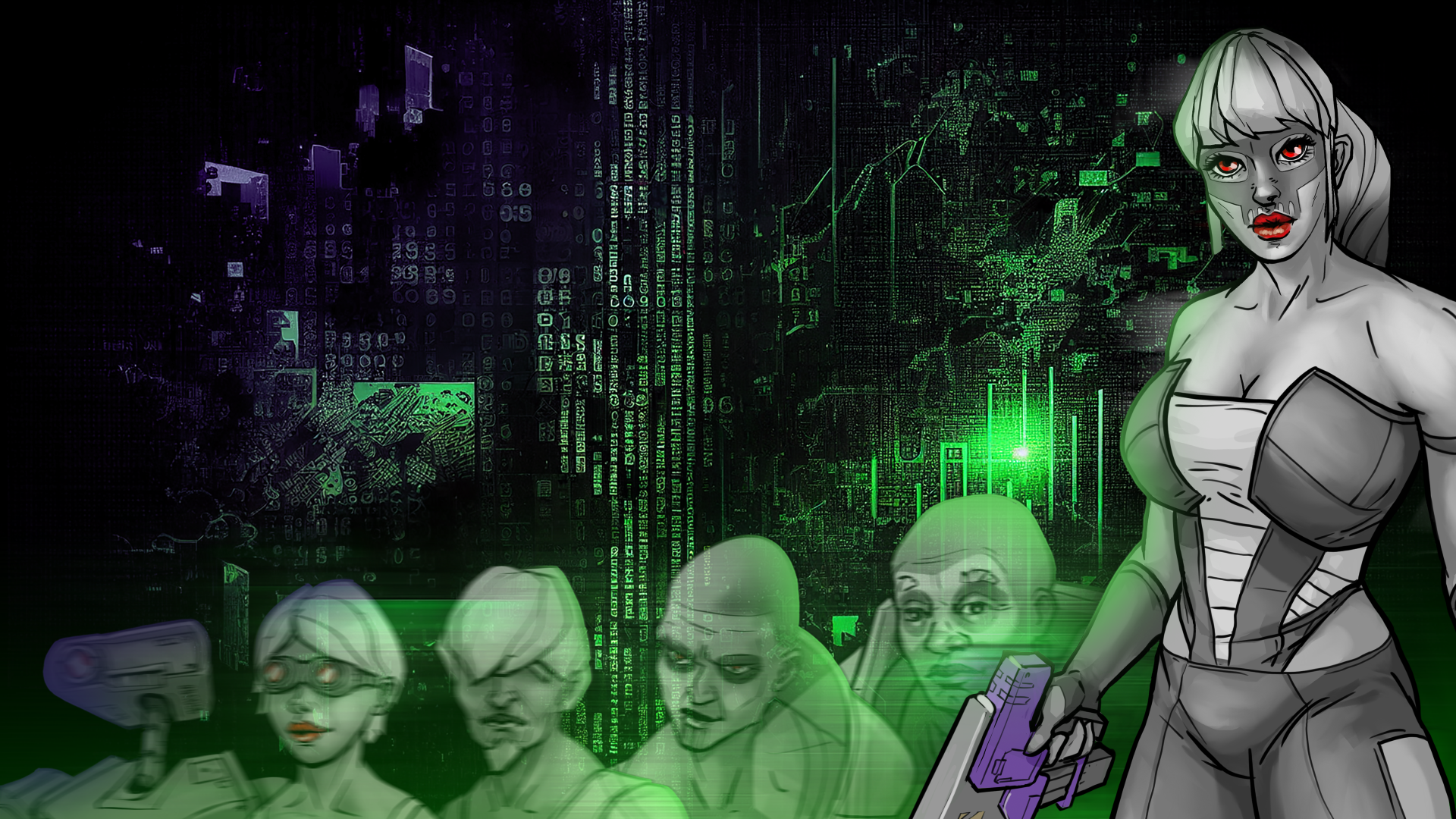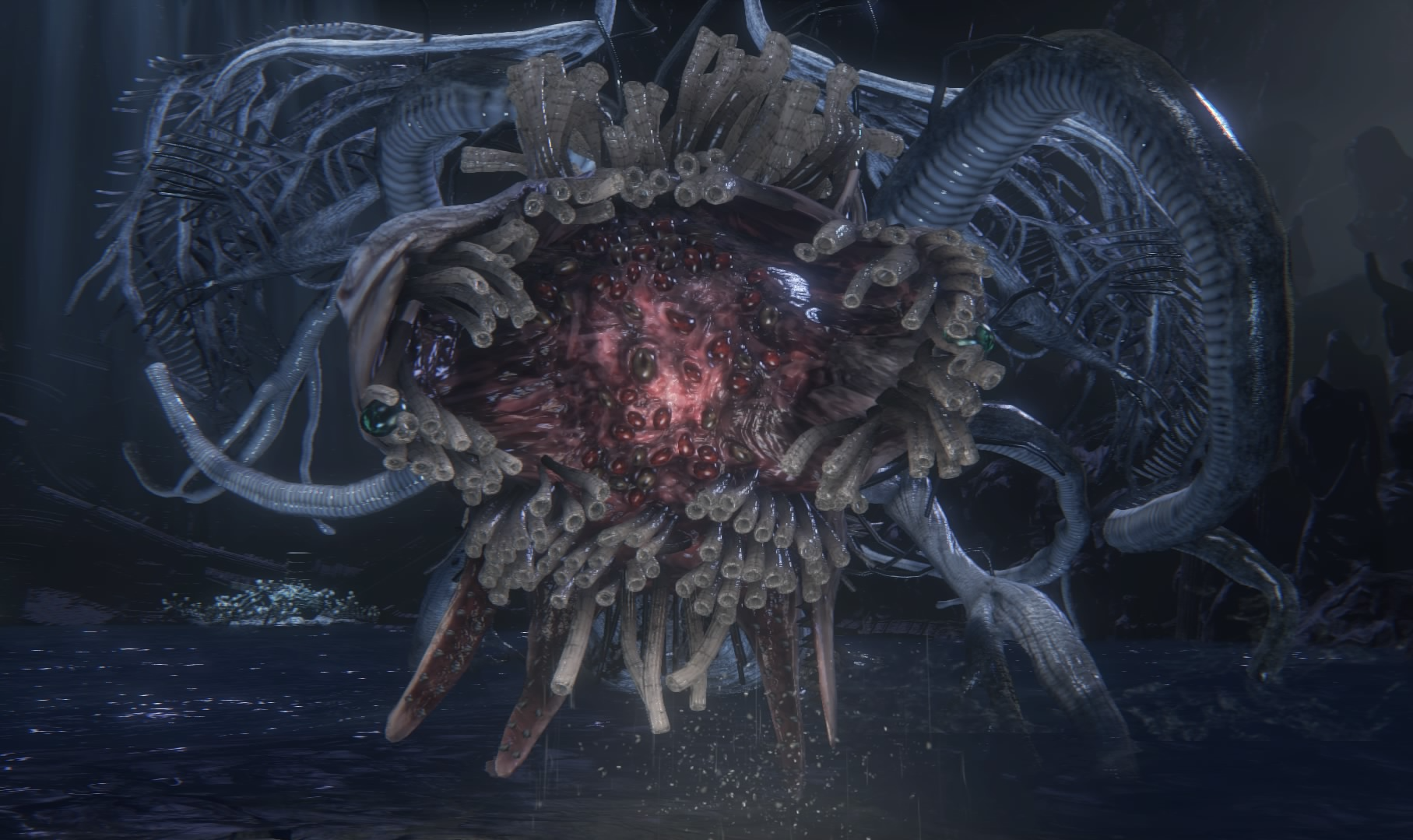
The Complexity Behind Visual Novels and How They Work to Scare Us
I remember many years ago a little video game that got me very excited each time I played it. I would sit down at the computer and marvel at the minimal graphics and story before me. It was up to me to make important decisions, otherwise, my characters would perish. At a time where I was playing other games like Zelda and Mortal Kombat, this game captured my attention greatly. The game was The Oregon Trail, and most of the experience was text-based. And though a game like The Oregon Trail is classified as a text-based adventure, there are some similarities it shares with that of the visual novel.
The visual novel dates back as far as the early 1980s, with its roots based in Japan and including titles like Portopia Serial Murder Case. Much like that of the walking simulator, you’ll find some gamers argue that visual novels aren’t video games. “How can they be games if you’re just reading?” may be a popular opinion of discourse. However, while much of the interactivity throughout visual novels do take place in the form of reading, the experience is much more than that. In fact, visual novels have a remarkable power to pull players into a story thanks to that of the writing, characters, and at times, moral complexity and choices provided to the player.
Choosing different narrative paths, as well as the addition of brief puzzles and other mechanics in some games, allow for visual novels to create experiences of greater participation within a given story. The minimal aspects of these games can allow players the chance to feel more present within the plot – which makes the visual novel a superb medium when it comes to horror. With the release of Dread XP’s Sucker For Love: First Date on the horizon, I thought it would be worth a dive into the medium of visual novels and exploring how it is they work to scare us.

One may not immediately associate horror with that of the visual novel, given the latter’s strong association with that of romance. A lot of popular games in the medium involve a romantic angle, such as titles like White Album, Dream Daddy: A Dad Dating Simulator, and The Fruit Of Grisaia. The medium is also home to a plethora of action-driven narratives, such as the incredibly popular Fate/Stay Night games, as well as 2019’s 13 Sentinels: Aegis Rim (which also has elements of real-time strategy to it). But over time, horror has been making a name for itself within the visual novel format, utilizing pacing, minimal mechanics, and its emphasis on story to get under the skin of players.
One way I like to view visual novels is that they are like digital comics or manga; much like those forms of entertainment, the visual novel can greatly benefit from just turning the page. It is one thing to come across a creepy/upsetting visual, but there is a whole other layer of emotional interactivity depending on how that visual/moment is presented to the audience. The “page turn” is such a tactic, where-in the writing and the illustrator(s) work to get the reader on the edge of their seat, hinting that something is to come. With the build-up intensifying just at the end of one page – the following page acts as a reveal for what has been alluded to, bringing a greater shock to that of the reader. Effective visual novels also playoff this mechanic, slowly delivering details to build up tension. In manipulating that tension, the writer(s) and developer(s) can string that feeling along, utilizing pacing to deliver a transition that grabs the player by surprise. Tiny Bunny is such a game that capitalizes on this approach, with scenes lingering – the writing alluding to something disturbing – all for a creepy image or moment to come and surprise the reader.

Though these games involve a lot of reading, that isn’t to say that they are just text-based (or that most of the gameplay is focused on just words); much like comics and manga, visual novels are also home to a plethora of art styles. While pure prose proves to be just as powerful in connecting us to characters, visuals can allow for greater engagement. When we have the chance to follow the story and play alongside characters we can see, there’s the chance for deeper investment in their story. When partaking in a narrative and being able to see the impact our actions can have on a character (for good or bad), visuals may offer stronger emotional responses. Scarlet Hollow is a game that utilizes animation and pacing (as well as music), to draw the player further into its uncomfortable atmosphere. As the player engages with other characters in conversation, little aspects of movement from said characters or the surrounding establish a surreal quality; even though the animation leans towards cartoonish, the animation and strong writing give the gameplay an all too real eeriness.
Where minimalism is more prominent is in that of gameplay mechanics, but there’s also an interesting twist to that notion. While there are many visual novels where, for the most part, you’re reading along and possibly contributing to some branching narrative aspects, there are several that provide additional gameplay. Titles like The Letter include button prompts for players to enter in time in order to survive threats. For those looking to spruce up their visual novel play with a tad more interactivity, games like these provide that added layer of play.
Though all these elements can work together to create an awesome horror experience, the most essential component to any visual novel game is that of the story itself. More than anything, the story and plot are the primary factors likely to encourage players to devote time to a visual novel, and not so much mechanics. In such a medium where storytelling can require a tremendous level of engagement from players – their full attention focused on characters and plot, with some level of interaction – there is so much potential in conveying disturbing and intense emotional horror. The representation of horror stories found throughout these games is remarkably varied; from body horror to supernatural and psychological tales, horror within visual novels is widely represented.

When you look deeper into visual novels, there’s a lot more going on than meets the eye. These types of games may not be brimming with layers of interactivity or side quests, but the engagement they do provide is fascinating. There is an incredible array of visual novel horror games to check out – whether you’re a veteran of the medium or just starting out. The immensely popular Doki Doki Literature Club! is a good place to start, but I’d also recommend watching this video Scruncho put together on other great visual novel horror games to check out. Also keep a lookout for the release of Sucker For Love: First Date!
If you are new to horror visual novels, this is an extortionary medium of gaming to explore. It is far more than just reading on a screen, but a form of play that has the potential to envelope a player in haunting and horrifying narratives.




